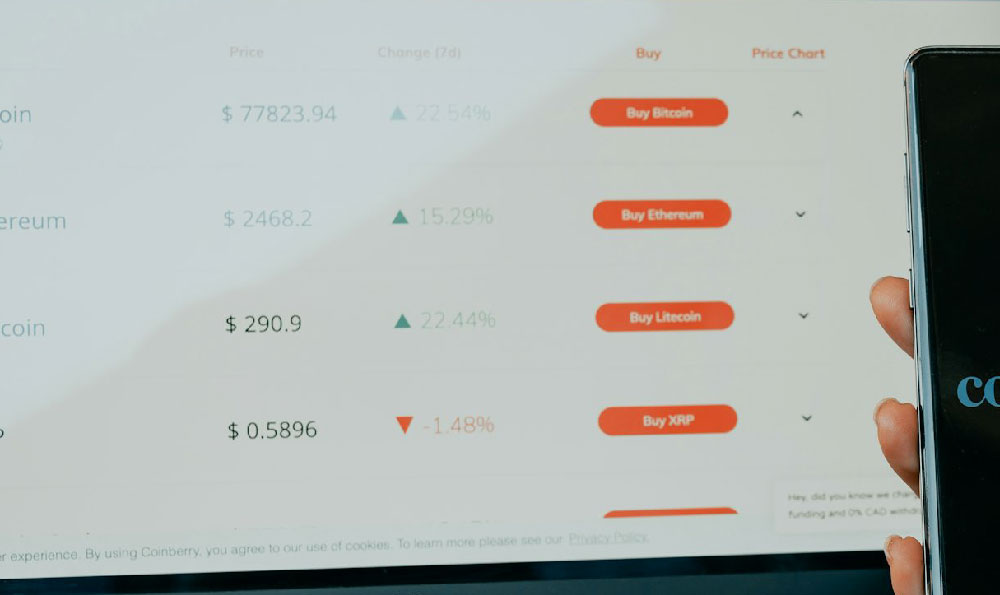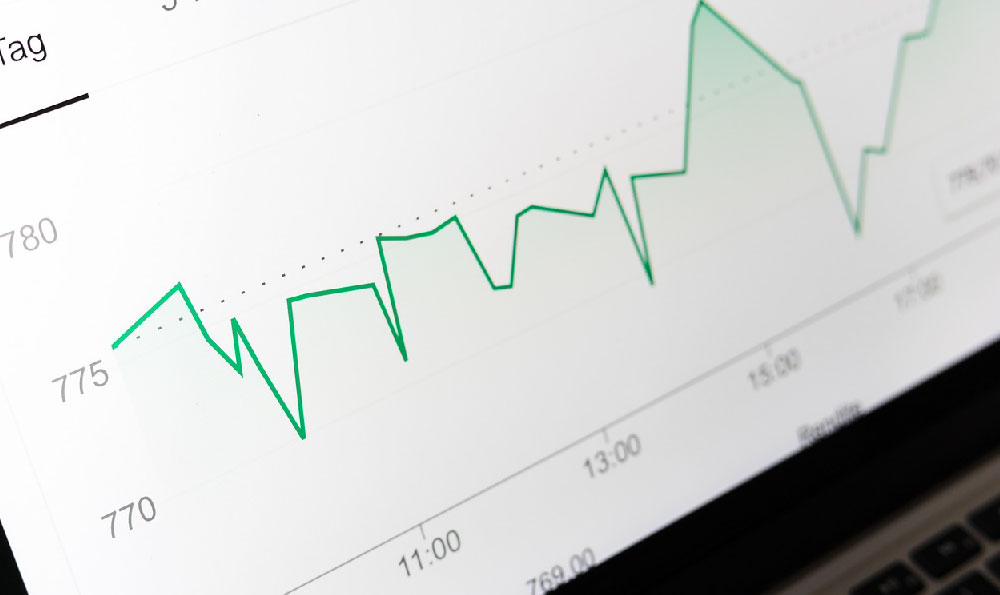ETFs, or Exchange Traded Funds, have become increasingly popular investment vehicles in recent years, and for good reason. They offer a compelling blend of diversification, liquidity, and low cost that appeals to both novice and seasoned investors. Understanding what ETFs are and how to utilize them effectively is a crucial step in building a well-rounded investment portfolio.
At its core, an ETF is a type of investment fund that holds a collection of assets, such as stocks, bonds, or commodities, and trades on stock exchanges like a single stock. Think of it as a basket containing numerous different securities. This is in stark contrast to individual stocks or bonds, where you are investing in a single company or entity. Because ETFs pool together multiple assets, they inherently offer diversification, mitigating the risk associated with investing in a single asset. If one stock within an ETF performs poorly, its impact on the overall ETF performance is lessened by the presence of other holdings.
One of the key advantages of ETFs lies in their accessibility and liquidity. Because they trade on exchanges, you can buy and sell ETF shares throughout the trading day, just as you would with a stock. This makes it easy to enter or exit positions quickly, providing flexibility and control over your investments. This contrasts with traditional mutual funds, which are typically only priced and traded once per day at the end of the trading day.

Another compelling reason for the growing popularity of ETFs is their cost-effectiveness. ETFs generally have lower expense ratios compared to actively managed mutual funds. The expense ratio is the annual fee charged to cover the fund's operating expenses. Actively managed funds often have higher expense ratios because they employ fund managers who actively try to pick stocks that will outperform the market, incurring research and trading costs. ETFs, particularly those that track a specific market index, often have much lower expense ratios because they are passively managed, simply replicating the performance of the index without active stock selection. This difference in expense ratios can have a significant impact on your investment returns over the long term. Even seemingly small differences can compound to substantial sums over decades.
Now, let's delve into how you can actually invest in ETFs. The process is remarkably straightforward. First, you'll need to open a brokerage account with a reputable firm. Numerous online brokers offer access to a wide range of ETFs, often with commission-free trading. When selecting a broker, consider factors like the range of ETFs available, commission fees (if any), account minimums, and the platform's user-friendliness. Once your account is open and funded, you can search for ETFs by their ticker symbol. Each ETF has a unique ticker symbol, just like individual stocks. For example, the SPDR S&P 500 ETF, which tracks the S&P 500 index, has the ticker symbol "SPY."
Before investing in any ETF, it's crucial to conduct thorough research. Understand the ETF's underlying holdings, its investment objective, its expense ratio, and its historical performance. You can find this information on the ETF provider's website, as well as on financial websites like Yahoo Finance or Google Finance. Pay close attention to the ETF's tracking error, which measures how closely the ETF's performance matches the performance of its underlying index. A lower tracking error indicates that the ETF is effectively replicating the index.
ETFs come in a wide variety of flavors, catering to different investment strategies and risk tolerances. Broad market ETFs track a major market index like the S&P 500 or the Nasdaq 100, providing broad exposure to the overall market. Sector ETFs focus on specific industries or sectors, such as technology, healthcare, or energy, allowing you to target your investments to specific areas of the economy. Bond ETFs invest in a variety of fixed-income securities, such as government bonds, corporate bonds, or municipal bonds, offering diversification within the bond market. International ETFs provide exposure to stocks or bonds in foreign countries, allowing you to diversify your portfolio globally. Finally, there are specialty ETFs, which focus on specific investment strategies, such as dividend investing, value investing, or growth investing.
When constructing your ETF portfolio, consider your investment goals, risk tolerance, and time horizon. If you're a young investor with a long time horizon, you may be comfortable allocating a larger portion of your portfolio to equities through broad market ETFs or sector ETFs, aiming for higher growth potential. If you're closer to retirement or have a lower risk tolerance, you may prefer a more conservative allocation, with a larger portion of your portfolio in bond ETFs. Regularly review and rebalance your ETF portfolio to ensure that it continues to align with your investment goals and risk tolerance. Rebalancing involves selling some holdings that have outperformed and buying more of those that have underperformed, bringing your portfolio back to its target allocation.
Finally, while ETFs offer numerous advantages, it's important to be aware of their potential risks. Market risk, the risk that the overall market will decline, is inherent in all investments, including ETFs. Liquidity risk, the risk that you may not be able to sell your ETF shares quickly at a fair price, can be a concern for thinly traded ETFs. Tracking error, as mentioned earlier, can impact the performance of index-tracking ETFs. And finally, expense ratios, while generally low for ETFs, can still eat into your investment returns over time.
In conclusion, ETFs are a versatile and cost-effective investment tool that can play a valuable role in building a diversified portfolio. By understanding what ETFs are, how they work, and how to choose the right ETFs for your investment goals, you can leverage their advantages to achieve your financial objectives. Remember to conduct thorough research, consider your risk tolerance, and regularly review your portfolio to ensure that it continues to align with your long-term investment strategy. As with any investment, diversification and a long-term perspective are key to success.












